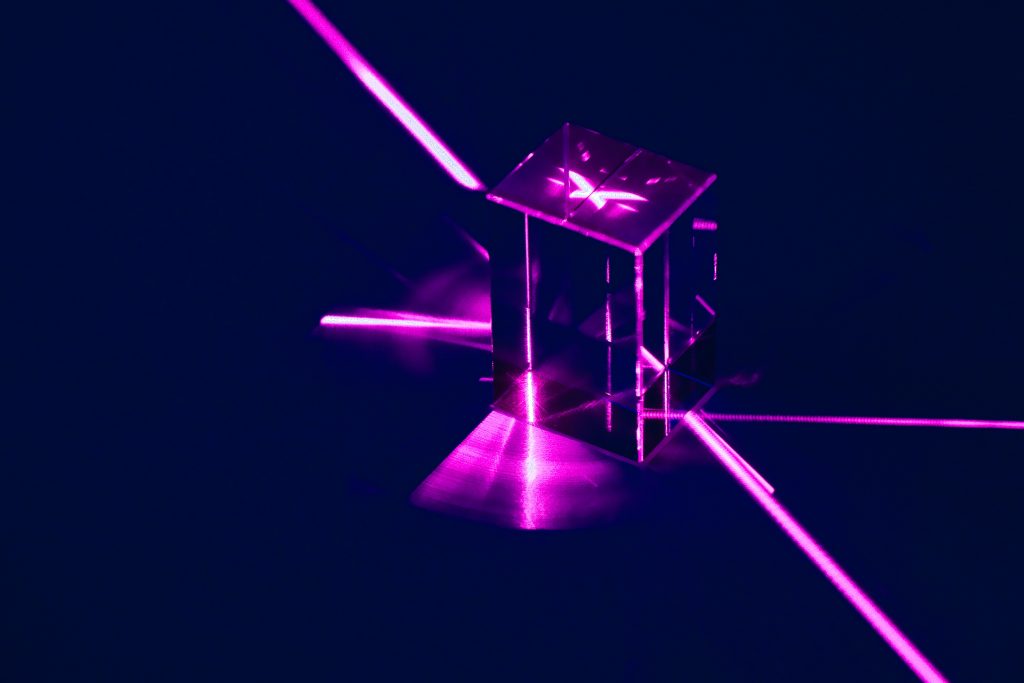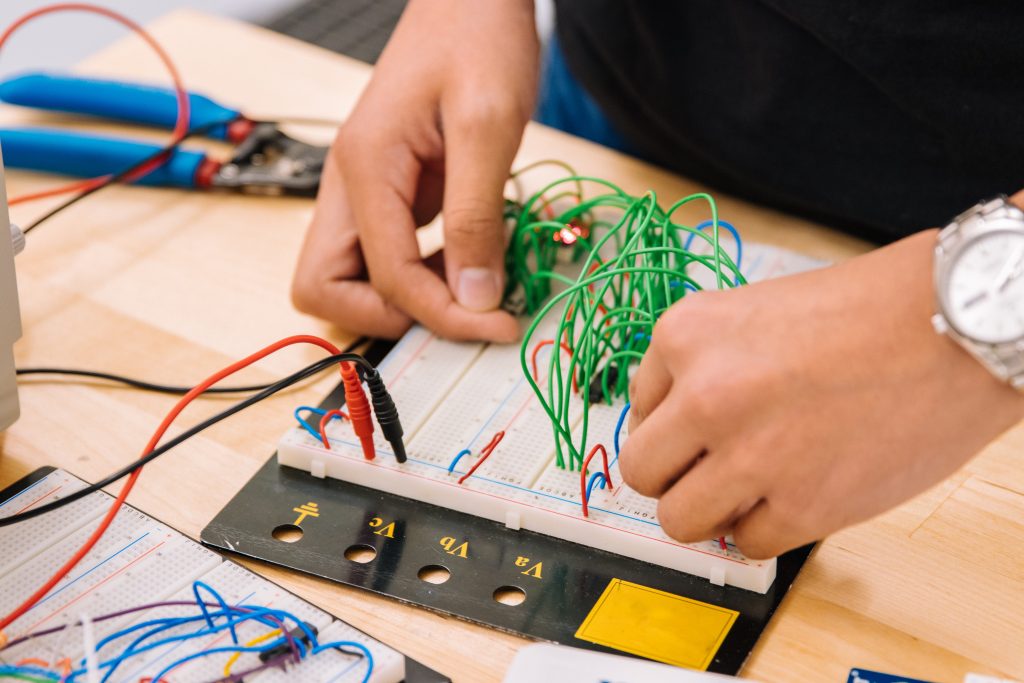Optical breadboards are essential tools that find their utility across diverse scientific and engineering field- but what specifically is an optical breadboard used for? These specialized platforms serve as stable and vibration-resistant foundations for constructing and testing optical setups and experiments. In this blog post, we’ll delve into the versatile applications of optical breadboards and how they contribute to various research endeavors.
Optical Experiments
At the heart of research laboratories, optical breadboards play a pivotal role in assembling and testing a myriad of optical experiments. Researchers can seamlessly mount and arrange optical components, including lasers, mirrors, lenses, prisms, and detectors, to create customized optical systems. These setups facilitate tasks like beam manipulation, light modulation, and even intricate spectroscopy studies.

Laser Research and Development
Laser research and development rely heavily on optical breadboards for their stability and accuracy. These platforms provide a solid foundation for aligning and stabilizing laser setups, encompassing laser cavities, beam expanders, and frequency-doubling crystals. With a vibration-resistant environment, researchers can ensure precision in laser experiments.
Interferometry
In fields such as metrology and astronomy, precise measurements are paramount. Optical breadboards offer the necessary rigidity to align and maintain interferometric setups, enabling researchers to achieve accurate measurements of waves through interferometry techniques.
Photonics and Optoelectronics
Photonics research often involves creating and testing photonic devices such as waveguides, modulators, and optical switches. Optical breadboards serve as the platform for prototyping and testing these devices, allowing for precise alignment of components like fiber optics, lasers, and detectors.
Microscopy
Custom microscopy setups, including fluorescence microscopy and confocal microscopy, come to life with the aid of optical breadboards. By facilitating the integration of light sources, objectives, and sample stages, these platforms empower researchers to delve into advanced imaging techniques.
Spectroscopy
Spectroscopy studies, which explore the interaction of light with matter, benefit from optical breadboards. Mounting components like monochromators, diffraction gratings, and detectors on these platforms enables the creation of accurate and adjustable spectroscopic systems.
Optical Testing and Alignment
Engineers and researchers rely on optical breadboards for aligning and testing optical components and systems. These setups, often resembling optical benches, are crucial for verifying the performance and integrity of individual components.

Optical Communication Experiments
From fiber optics to optical signal processing, optical breadboards are indispensable for creating and testing optical communication systems. Researchers can simulate and analyze various optical transmission scenarios, gaining insights into real-world applications.
Beam Characterization
The ability to characterize light beams accurately is fundamental in optical research. Optical breadboards come into play by hosting instruments like beam profilers and power meters, which enable researchers to delve into properties such as beam profiles, divergence, and polarization.
Educational Demonstrations
In educational settings, optical breadboards offer a tangible platform for demonstrating optical equipment concepts and experiments. These platforms aid in fostering a hands-on learning experience for students, encompassing optics, lasers, and various optical phenomena.
The world of optical research and experimentation owes a significant debt to optical breadboards. Their role as stable and vibration-resistant platforms extends across a plethora of applications, from laser research to interferometry, microscopy, and beyond. As researchers continue to push the boundaries of optical sciences, these versatile tools will undoubtedly remain indispensable allies on the path of discovery.